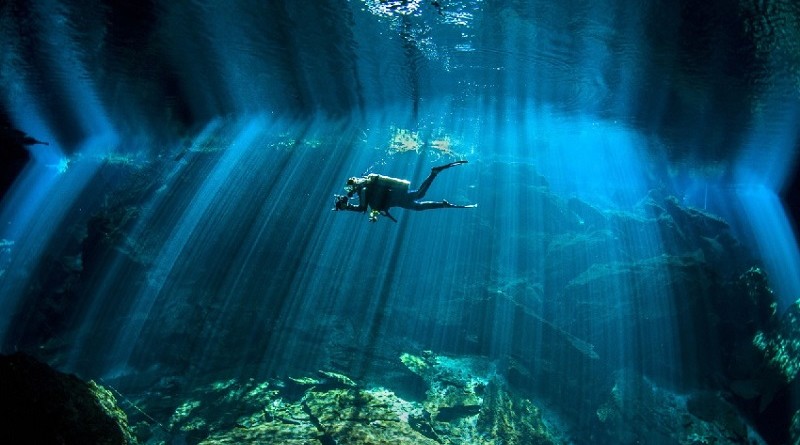Turn Daydreaming into Reality with the Proper Scuba Diving Gear
What Elsa is today for little girls, it used to be Ariel way back in the ’90s. I distinctly remember coming home after school and playing the Little Mermaid on the now ancient technology called VCR. I would spend hours singing all the songs by heart and would later go to sleep dreaming of that fascinating underwater kingdom. Oh, how I wished I was Ariel and the Great Barrier Reef was my home.
Luckily, when I got older I turned this childhood dream of mine into reality. Don’t get me wrong, I did not become a mermaid. At least not literally. I did take a couple of diving lessons though and bought the needed equipment for it. You see, we, humans don’t have the necessary organs to survive underwater, but what we do have is our endless imagination and relentless drive. Our burning desire to discover what lies hidden on the bottom of the ocean has made us develop specialized equipment to do so. With only a couple of essential pieces of scuba diving gear Australia allowed me to witness the magic of its underwater landscape. Here’s what it took.
Mask
The salty sea water can sting your eyes and make seeing under water uncomfortable. Plus, our ears can’t endure the pressure that increases with every meter we go deeper. A diving mask solves both of these problems. Choose a light-coloured and transparent material to get a clearer view of the ocean’s beauty. When trying it on, make sure it has a large air pocket in its front that will enable you to reduce the pressure in your ears by holding your nose and blowing into it when plunging deeper.
Fins
To get the exact mermaid-like feeling, you need to be able to swim like one. Putting on a pair of fins reduces the stress and enables you to swim faster and longer. There are two types you can choose from, depending on the diving area you plan to explore. Full foot fins are great for smooth platforms and warmer temperature, but they provide only basic protection. If your idea of adventure is diving in rocky terrains, like the Great Barrier Reef, then you should gear up with open foot fins. This type of fins have a thicker protection layer which also offers thermal insulation in colder waters.
Wetsuit
The deeper you dive, the colder it gets, so without a thick waterproof wetsuit you risk developing hypothermia (http://www.webmd.com/a-to-z-guides/what-is-hypothermia#1). A combination of foam, neoprene and rubber is considered the best material because it gives you flexibility, protection and insulation at the same time. Choose a size that’s snug around your body to prevent further heat loss.
Tank and Regulator
The scuba tank is a cylinder container that holds pressurized air. But inhaling high pressurized air will make your lungs explode, and that’s where the regulator comes into play. It de-pressurises the air and transports it directly to your mouth piece for you to inhale. Additionally, it also has a built-in mechanism that draws air only when you take a breath, thus sparing the amount in the tank and prolonging your diving session.
Buoyancy Control Device
The final piece of scuba diving gear Australia experts claim that it ties everything else together in a functional unit is the BCD. It may look like a regular vest, but it has the important role of allowing you to sink slowly while diving in, and rise up whenever you want to get back to the surface. Plus, it makes the heavy scuba tank feel light as a feather. Get yourself one and dive into the deep blues with a peace of mind.

